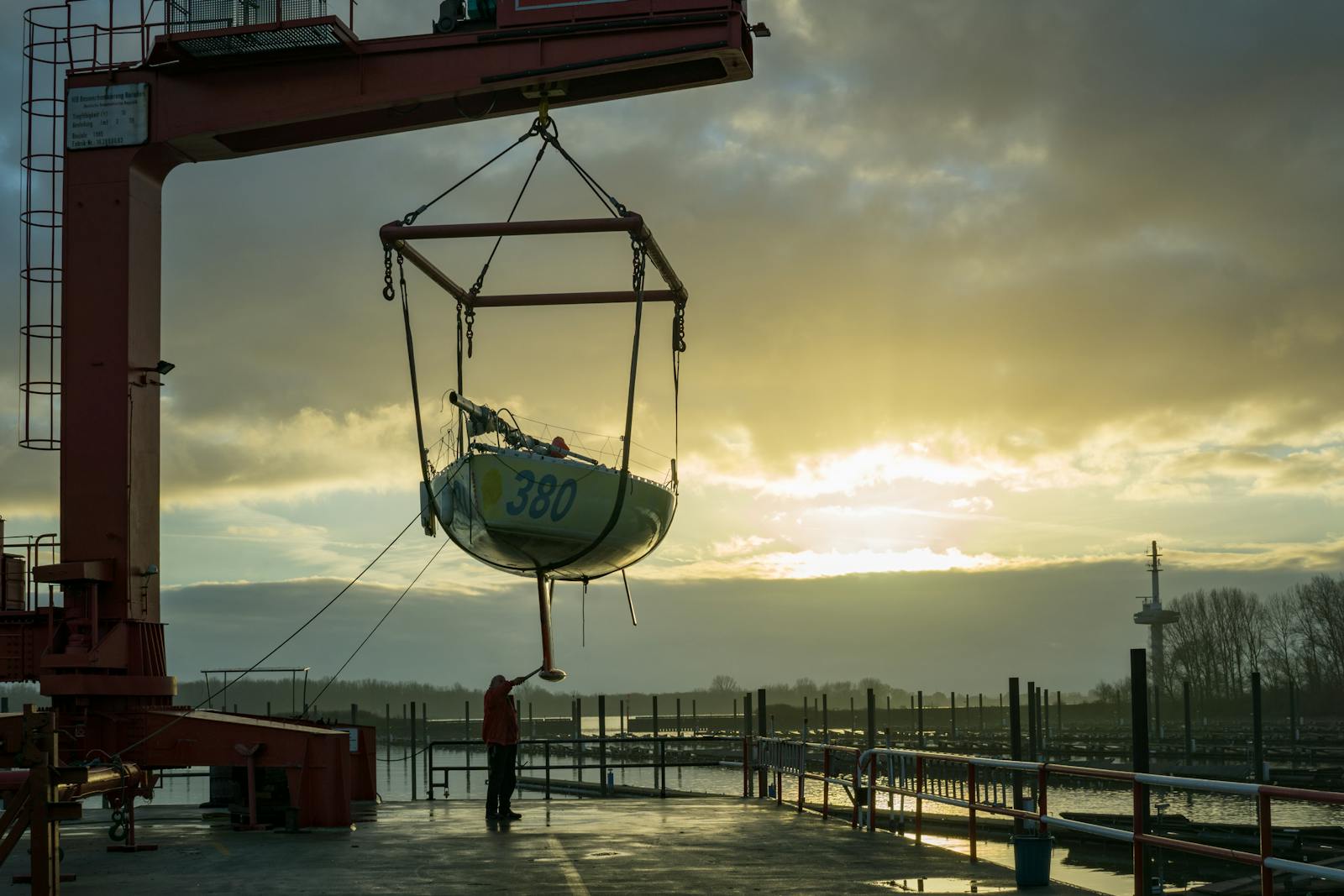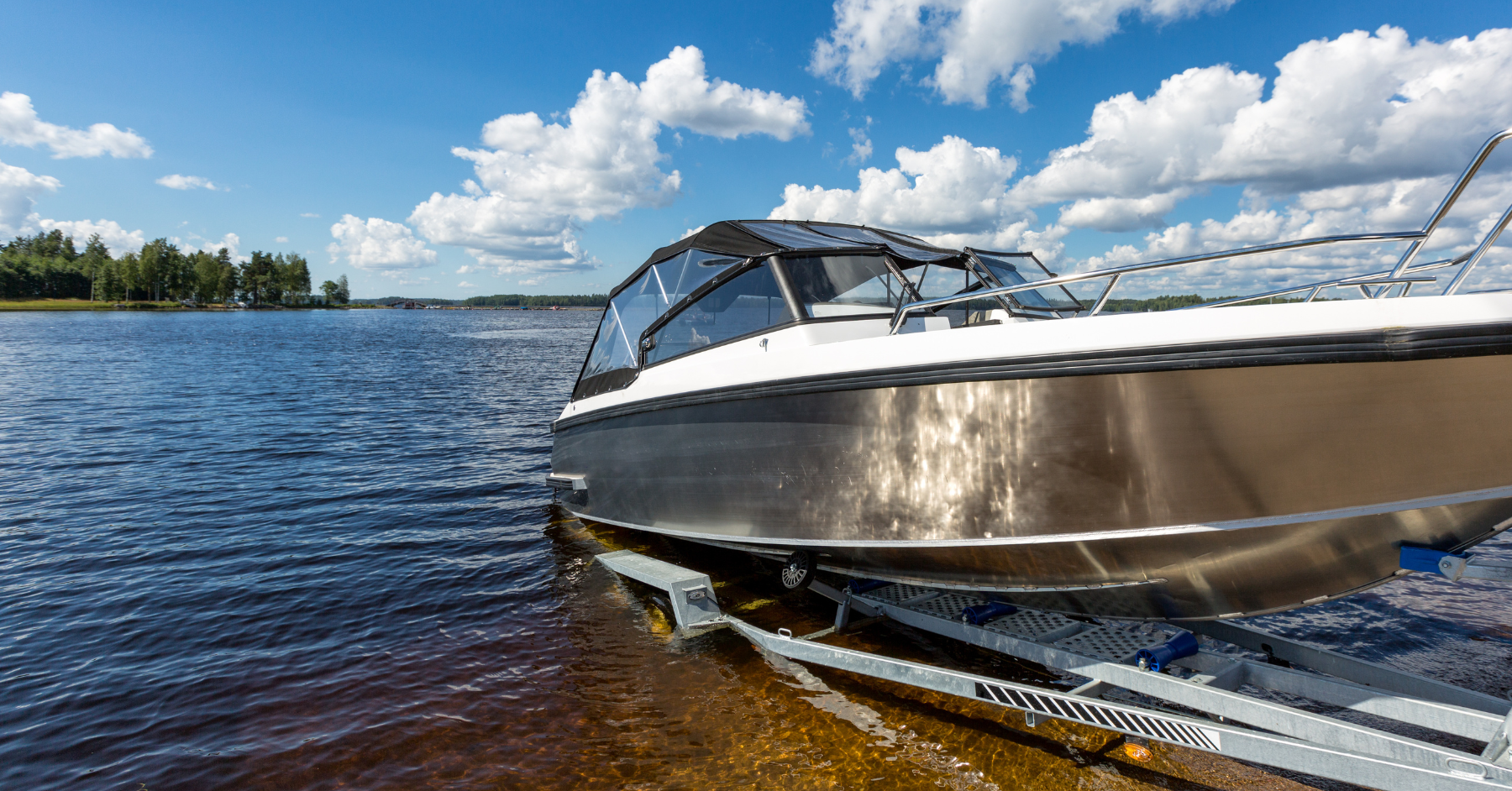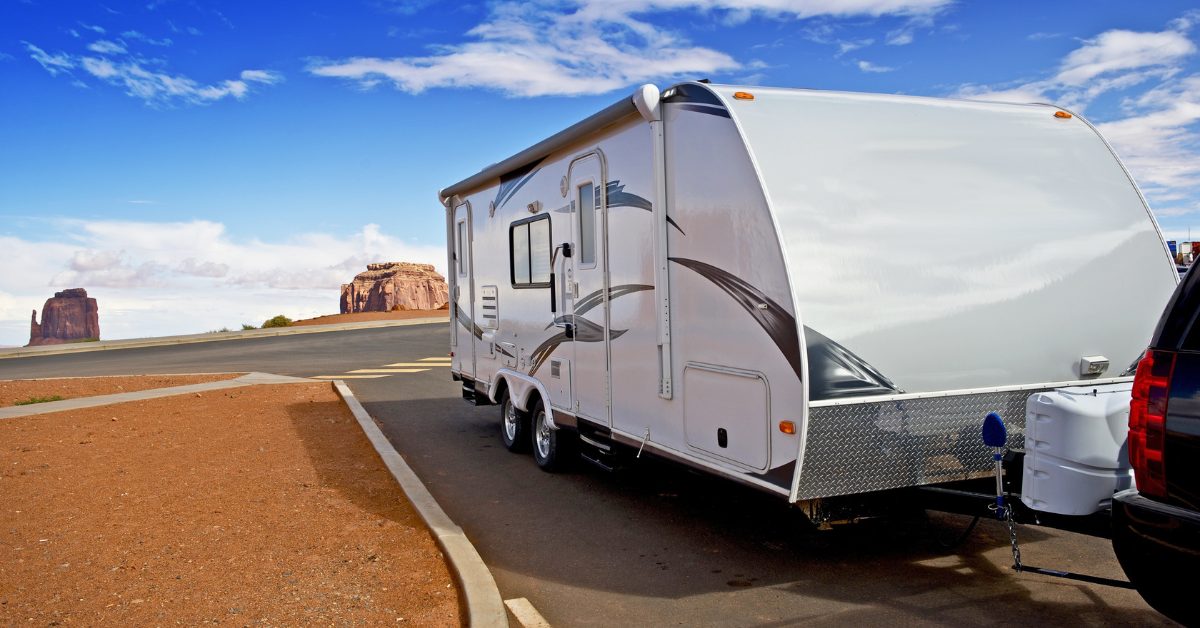Have you done your boat maintenance yet?
Owning a boat is a thrilling experience, but it comes with its fair share of responsibilities. Proper maintenance ensures safety, extends your boat’s lifespan, and prevents costly repairs.
Whether you own a fishing boat, sailboat, or powerboat, this comprehensive guide will walk you through essential boat maintenance tasks, costs, and solutions. Plus, we’ll introduce you to reliable transport options for your vessel.
What is Boat Maintenance?
Boat maintenance refers to the regular care and upkeep required to ensure a vessel remains safe, reliable, and in optimal operating condition. It encompasses a wide variety of tasks, including cleaning, inspecting, repairing, and servicing various components of the boat.
Routine maintenance involves checking the hull for damage or wear, ensuring the engine operates efficiently, inspecting electrical and navigation systems, and servicing crucial parts such as the propeller, fuel system, and bilge pump.
Proper maintenance not only prolongs the lifespan of the boat but also helps prevent costly repairs and ensures safety when out on the water. Adhering to a consistent maintenance schedule is crucial for any boat owner to enjoy worry-free time on the water.
Why Boat Maintenance Is Essential
Keeping your boat in top shape isn’t just about aesthetics; it ensures:
- Safety on the water for you and your passengers.
- Optimal performance, ensuring enjoyable trips & better fuel economy.
- Cost savings, as regular upkeep prevents expensive repairs.
- Preservation of value, which is vital if you plan to sell or upgrade your boat in the future.
The Pros and Cons of Boat Ownership
While boat ownership can open the door to unforgettable adventures, it also comes with its share of responsibilities. Before diving into learn about boat maintenance, it’s important to weigh the upsides and the trade-offs so you know what to expect.
Pros of Boat Ownership
- Freedom & Flexibility: Cruise, fish, water ski, or just relax—owning a boat gives you the freedom to hit the water whenever you want.
- Quality Time with Family & Friends: Boating creates built-in bonding time, whether it’s weekend outings or extended vacations.
- Access to New Hobbies: Boating opens the door to water sports, island hopping, marine photography, and more.
- Customization: You can tailor your boat to fit your style and needs—from electronics and lighting to seating and fishing setups.
- Sense of Community: From marinas to boat clubs, boat ownership connects you with like-minded people and events.
Cons of Boat Ownership
- High Initial Costs: Boats aren’t cheap—and that’s just the start. There’s insurance, docking fees, and equipment to factor in.
- Maintenance & Repairs: Regular upkeep (like oil changes, electrical checks, and cleaning) takes time, effort, and money.
- Storage Needs: Depending on your location, you may need off-season storage, which can be expensive or hard to find.
- Depreciation: Like cars, most boats lose value over time.
- Limited Use: If you live in a seasonal climate, your boat may sit unused for months unless it’s stored properly or you boat year-round.
Are You Ready To Handle A Boat?
Boat ownership offers incredible rewards, but it’s not for everyone. If you love being on the water and don’t mind a bit of maintenance and planning, the pros can far outweigh the cons.
For those still on the fence, renting or joining a boat club might be a great first step into the boating lifestyle.
Getting Your Boat Ready for Boating Season
As the weather warms up and the water starts calling, it’s time to prep your boat for a smooth and safe boating season. Whether your vessel has been in storage or lightly used over winter, a proper seasonal check can prevent breakdowns and ensure you’re ready for the water from day one.
Plus, you want to ensure you’re using your owner’s manual to ensure that you’re following any suggested maintenance tasks for your boat regularly.
Pre-Season Boat Prep Checklist:
- Inspect the Hull & Exterior | Look for cracks, blisters, or other signs of wear. Clean the hull thoroughly and apply a fresh coat of wax if needed.
- Check the Engine & Fuel System | Top off fluids on the outboard motor or otherwise, inspect spark plugs, change the oil and filter, and examine fuel lines for cracks or leaks. Don’t forget to check the fuel vent and primer bulb.
- Test Electrical Systems | Reconnect the battery switch, check electrical connections, lights, and navigation equipment. Replace any blown fuses or corroded terminals.
- Examine Safety Equipment | Verify that life jackets, fire extinguishers, flares, and first aid kits are onboard and not past expiration dates.
- Check Drain Plugs & Bilge Pump | Make sure drain plugs are securely in place and test the bilge pump for proper function. Clean any debris or buildup in the bilge area.
- Inspect Trailer Components (if trailering) | Check wheel bearings, lights, brakes, and tire pressure. Grease moving parts and look for signs of wear.
- Clean & Stock the Cabin | Open the door and air out the cabin. Do a deep clean, check for water contamination, and restock essentials like towels, sunscreen, snacks, and fishing line.
- Review Registration & Paperwork | Confirm your boat registration, insurance, and any required permits are current and onboard.
Pro Tip: Follow a Maintenance Schedule
The general rule is to inspect your boat every 20–25 hours of operation, but a full seasonal prep should be done before your first outing. For modern boats, consult the manufacturer’s maintenance schedule for any system-specific checks.
Starting the season with a thorough inspection ensures peace of mind and lets you enjoy every minute on the water. A little preparation now goes a long way in avoiding mid-season headaches and costly repairs later.

Photo by Beth Macdonald on Unsplash
Basic Boat Maintenance Checklist Every Owner Should Follow
Owning a boat is a rewarding experience, but it comes with responsibilities—especially when it comes to maintenance. Whether you’re a new boat owner or part of the vast majority of seasoned enthusiasts, following a regular boat maintenance schedule is essential for safety, longevity, and performance.
Use this checklist to stay on top of your regular maintenance tasks and keep your boat running smoothly all year round:
Routine Checks Before Every Trip
- Check oil and filter: Change oil and replace the oil filter per manufacturer recommendations—typically every 50–100 hours of operation.
- Inspect spark plugs and engine mounts: Make sure spark plugs are clean and dry; check engine mounts for wear and tightness.
- Verify electrical connections: Loose or corroded electrical connections are a common cause of breakdowns—check wiring regularly.
- Drain plugs and battery switch: Ensure drain plugs are secure before launch and the battery switch is functioning.
- Safety equipment: Confirm that life vests, flares, fire extinguishers, and safety equipment are present, accessible, and not past expiration dates.
Monthly Maintenance Tasks
- Flush fuel systems: Use all the fuel or treat it with stabilizer to prevent water contamination—especially if the boat sits for extended periods.
- Inspect thru-hulls and underwater fittings: Ensure thru hulls, underwater fittings, and stern eyes are watertight and corrosion-free.
- Check PVS and bilge: Regularly check the bilge pump and positive ventilation systems (PVS) for proper operation and cleanliness.
- Clean and dry interior: Leave the door open after a trip to air out cabins and deep clean surfaces to prevent mildew.
Seasonal Maintenance (Spring & Fall)
- Trailer & wheel bearings: Grease wheel bearings and inspect trailer components, especially before winter storage or long hauls.
- Inspect oil systems: Drain and replace fluids for larger boats and double-check for leaks, sludge, or signs of a fire hazard.
- Winterize if needed: In colder climates, boats not used in water year round should be fully winterized, including antifreeze, shrink-wrapping, and fuel stabilization.
Pro Tips for Modern Boats
- General rule: Inspect your boat thoroughly every 20–25 hours of use.
- Modern boats with complex systems require extra attention to software updates, digital controls, and charging systems. If you have a fiberglass boat ensure to follow the tips to take care of those.
- Keep a log of all maintenance—most boat owners find it simplifies resale, repairs, and warranty claims.
Consistent care not only prevents breakdowns—it protects your investment.
Whether you’re heading out every weekend or storing your boat for the season, sticking to a well-planned maintenance schedule will keep your vessel safe, reliable, and seaworthy for years to come.
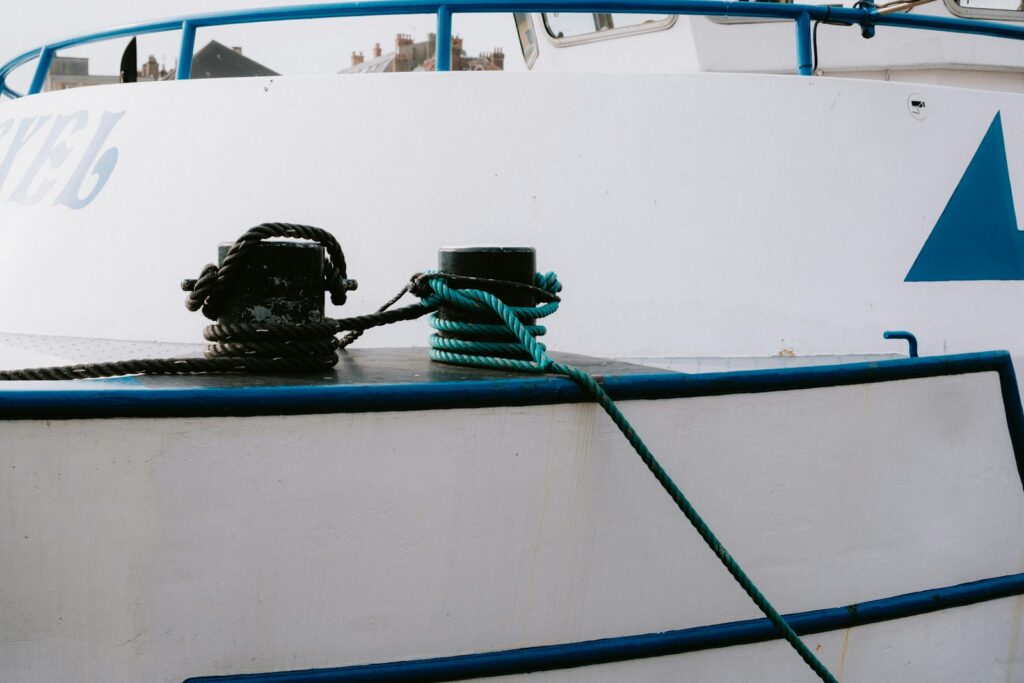
Photo by Mathias Reding on Unsplash
Essential Monthly Maintenance Tasks
Regular maintenance goes a long way in avoiding bigger problems down the line. Here’s your monthly checklist:
- Inspect Safety Gear | Check life jackets, fire extinguishers, and flares to ensure they’re in good condition and up-to-date. Safety always comes first.
- Check Fluid Levels | Monitor engine oil, coolant, and hydraulic fluids. Address low levels immediately to avoid costly engine problems.
- Clean the Boat | Use specialized boat soap and a soft brush to remove dirt, grime, and salt. This protects the gel coat and metal components from corrosion.
Quarterly Maintenance Checks
Every three months, focus on tasks that help avoid wear and tear:
- Check and Clean Battery Terminals | Corroded terminals can disrupt power flow. Clean them with baking soda and a wire brush.
- Inspect Fuel Lines | Look for cracks, leaks, or signs of wear. Faulty fuel lines can pose serious safety hazards.
- Test the Bilge Pump | Ensure your bilge pump works effectively to prevent water from accumulating in the hull.
Annual Maintenance Procedures
Once a year, dedicate some time to these critical tasks:
- Change Engine Oil and Filters | Proper engine maintenance ensures smooth operation. Follow the manufacturer’s guidelines for oil changes.
- Inspect Electrical Systems | Check for loose connections, damaged wiring, or corrosion. Address issues to prevent electrical failures.
- Check Engine Alignment | Misaligned engines can cause wear on other components. Have a professional evaluate and adjust it if needed.
Bi-Annual Maintenance
Twice a year, tackle deeper inspections:
- Inspect and Clean Fuel Tanks | Remove sediment and contaminants to prevent clogs and fuel system problems.
- Check Cooling System | Look for leaks or blockages in hoses, clamps, and the water pump. A well-maintained cooling system prevents overheating.
- Inspect the Exhaust System | Ensure there are no leaks or damage to avoid dangerous gases entering the boat.
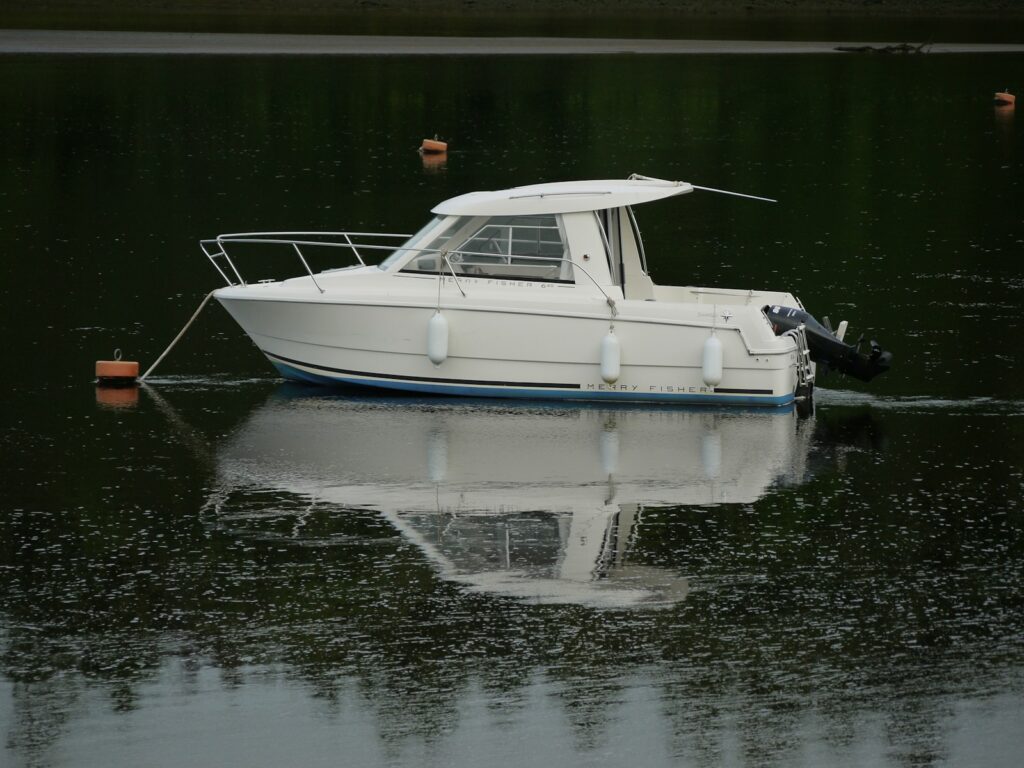
Photo by Fiona Dodd on Unsplash
Understanding Boat Maintenance Costs
Boat maintenance costs can vary depending on the size, type, and usage of your vessel:
- Minor Annual Maintenance | Tasks like oil changes and fluid level checks typically cost $500 to $1,000.
- Comprehensive Annual Maintenance | Full engine service or hull cleaning can range from $1,000 to $3,000.
- Unforeseen Repairs | Addressing issues like hull damage or engine problems can cost $500 to $5,000 (or more). Budget 10% of your boat’s value annually for total maintenance expenses.
Preventing Common Boat Problems
Being proactive helps you avoid common issues:
- Engine Problems | Regular oil changes and fresh filters minimize risks like overheating and misfires.
- Electrical Issues | Routine inspections of connections and batteries reduce the likelihood of failures.
- Fuel System Problems | Replace fuel filters regularly and use high-quality fuel to avoid contamination.
- Hull Damage | Check for cracks or blisters and address them promptly to maintain structural integrity.
- Plumbing Problems | Inspect pumps and pipes to ensure your water supply system stays functional.
DIY vs Professional Boat Maintenance
Wondering what you can handle yourself? Here’s the breakdown:
DIY Maintenance
- Cleaning the boat
- Checking fluid levels
- Inspecting safety gear
- Replacing fuel filters
Tasks for Professionals
- Engine alignment
- Electrical system repairs
- Comprehensive inspections
- Large-scale hull maintenance
While DIY tasks save money, knowing when to rely on professionals helps prevent costly mistakes.
Understanding Fuel System Maintenance for Your Boat | Inspecting Your Fuel Lines
Proper fuel system maintenance is essential to keep your boat running smoothly and efficiently. Begin by regularly inspecting the fuel lines, connections, and tank for any signs of wear, cracks, or corrosion. Replace any damaged components immediately to prevent leaks or potential hazards.
It’s also important to use fresh, high-quality fuel and to treat it with a stabilizer, especially during long periods of storage, to avoid fuel degradation and engine issues. Periodically clean or replace fuel filters to maintain optimal fuel flow and engine performance.
By staying proactive with your fuel system care, you can extend the life of your boat and avoid unexpected breakdowns on the water.
Electrical Systems Maintenance
Proper care of your boat’s electrical systems is essential for ensuring reliable performance and safety. Begin by inspecting all electrical connections regularly for signs of corrosion, fraying, or loose fittings. Corroded or damaged wiring can lead to power failures or even pose fire hazards.
Clean any corroded terminals using a wire brush and apply a protective coating to prevent further corrosion. Additionally, routinely check the boat’s battery for sufficient charge and ensure its terminals are clean and secure. Replace batteries as needed, typically every 3 to 5 years, to guarantee a consistent power supply for onboard systems.
Electrical Connections
The integrity of your boat’s electrical connections plays a key role in the overall functionality of onboard equipment. Inspect all wiring and connectors for signs of wear, oxidation, or loose attachments. Pay special attention to areas exposed to moisture or harsh conditions, as they are more prone to damage. Utilize waterproof connectors or heat-shrink tubing to protect connections from water ingress, and replace any damaged components immediately.
Keep a diagram of your electrical system on hand to troubleshoot issues efficiently if problems arise. By maintaining secure and clean electrical connections, you can ensure the reliability of all critical systems during your time on the water.
Engine Maintenance
Regular engine maintenance is vital to keeping your boat running smoothly and efficiently. Start by performing oil changes at the recommended intervals, ensuring you use the manufacturer-specified oil and filters. Verify coolant levels and inspect the cooling system for leaks or blockages to prevent overheating.
Check the belts and hoses for wear, cracking, or slack, replacing them when necessary to avoid critical failures. Routine inspections of spark plugs and ignition systems also help maintain peak engine performance. Following a strict maintenance schedule can help extend the lifespan of your engine and reduce the likelihood of costly repairs.
Maintenance for a Diesel Engine vs a Gas Engine
Maintaining a diesel engine and a gas engine requires different approaches due to their unique designs and operational characteristics. Diesel engines are generally more robust and durable, built to handle higher compression ratios and heavy-duty applications.
However, they demand regular attention to specific components such as fuel filters, which need frequent replacement to prevent contaminants from clogging the fuel system, and glow plugs, crucial for cold starts.
Gas engines, on the other hand, are often easier and less expensive to maintain but require more frequent servicing. Tasks such as changing spark plugs, inspecting and replacing ignition components, and routine oil changes are essential to keep gas engines in peak condition.
Additionally, gas engines are more sensitive to fuel quality, so it’s essential to avoid stale or low-quality fuel to prevent performance issues.
While each engine type has its unique maintenance requirements, consistent care and timely intervention ensure both run reliably and efficiently for years. Always consult the appropriate maintenance manual for detailed guidelines specific to your engine type.
How to Properly Winterize a Boat
Properly winterizing your boat is essential to protect it from harsh winter conditions and ensure it is ready for use in the next boating season. Below are key steps to follow when winterizing properly:
Clean and Prepare the Boat
Remove all personal belongings from the boat.
- Thoroughly clean the interior and exterior surfaces.
- Use a marine-grade cleaner to remove salt, grime, and debris.
Drain and Protect the Engine
Flush the engine with fresh water to remove any salt or contaminants.
- Drain the cooling system to prevent freezing damage.
- Add antifreeze to the engine following the manufacturer’s guidelines.
Fuel System Maintenance
Top off the fuel tank to minimize condensation.
- Add a fuel stabilizer to preserve the fuel over the winter months.
- Run the engine briefly to ensure the stabilizer circulates through the fuel system.
Battery Care
Disconnect the battery to prevent drainage during storage.
- Clean the terminals and store the battery in a cool, dry place.
- Periodically charge the battery to maintain its health.
Safeguard the Plumbing System
Drain any water from the freshwater system, including tanks, pumps, and pipes.
- Add non-toxic antifreeze to the plumbing to avoid freezing damage.
Cover and Store
Invest in a high-quality, weather-resistant boat cover, like clear PVC.
- Store the boat in a dry, secure location, either indoors or under a protective shelter.
By following these steps, you can ensure your boat remains in excellent condition throughout the winter and is ready for smooth operation when the boating season returns.
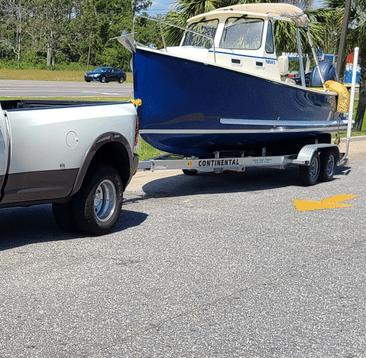
Reliable Transport for Your Boat Made Easy with Interstate Haulers
When the time comes to transport your boat across the country or to a new adventure, Interstate Haulers can help. Here’s how they make boat transport stress-free:
- Boat Transport Expertise | Interstate Haulers specializes in shipping boats with or without trailers, ensuring they arrive safely at their destination.
- Nationwide Service | They operate across the continental U.S., making them a preferred choice for boat owners everywhere.
- Additional Service | Beyond boats, they also transport RVs and industrial trailers, offering a complete range of hauling solutions.
Click here to get a free boat transport quote and focus solely on enjoying your next boating season.
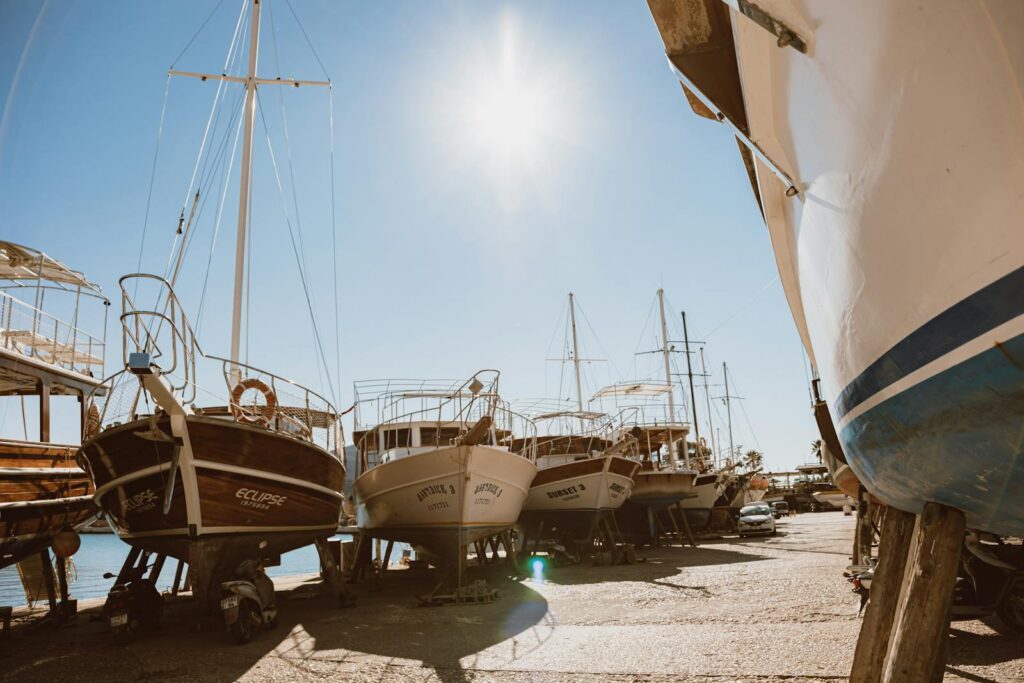
Photo by ROMAN ODINTSOV on Pexels
Prioritize Maintenance and Protect Your Boat Investment
Consistent boat maintenance is more than just a checklist; it’s your key to safety, performance, and peace of mind. By following the tips in this guide, you’ll ensure your boat is always ready for unforgettable adventures.
If you’re planning to move your boat to a new spot this year, trust Interstate Haulers to handle the transport with care. Get your free quote today and start your next boating chapter stress-free!
Learn More About Boat Ownership, Boating Safety & Maintenance
Below are ten top-notch, reputable sources packed with expert guidance and practical tools:
- Discover Boating – Boat Ownership Basics | Covers everything from buying, insuring, storing, to operating your boat safely. A must-read primer for new owners.
- BoatUS Foundation – Free Boating Safety Courses & Guides | Offers free state‑specific boating safety courses, study guides, videos, and tips for clean-water practices.
- U.S. Coast Guard – A Boater’s Guide to Federal Requirements | Authoritative PDF outlining federal boating laws, PFD rules, safety checks, and proper pre‑departure procedures.
- Coast Guard Foundation – Boating Safety Checklist | Downloadable planning checklists covering required safety gear, departure procedures, and recommended best practices.
- BOATERexam.com – Pre‑Departure Safety Checklist | Lists mandated equipment: PFDs, throwable flotation, lights, sound devices, anchors, fenders, fire extinguishers, and tools.
- National Safe Boating Council / Safe Boating Campaign | Promotes boating safety awareness, organized during National Safe Boating Week, including the “Wear It!” life jacket initiative.
- BoatUS Foundation – Preventative Maintenance Guide | Offers a thorough maintenance study guide—perfect for learning about routine care, corrosion control, and cleaning.
- Citinshipper – Comprehensive Care & Maintenance Guide | Covers regular and seasonal maintenance tasks: cleaning, engine care, battery systems, bilge checks, and trailer upkeep.
- Longshore Boats – Ultimate Guide to Boat Maintenance | Focused on first-time owners, it emphasizes cleaning, engine flushing, fluid checks, electrical inspections, and safety gear.
- United States Power Squadrons (America’s Boating Club) | Offers in-person courses for seamanship, navigation, engine maintenance, and free annual vessel safety checks.
How to Use These Resources in Your Boating Journey
|
Topic |
Best Resources |
Action Plan |
|---|---|---|
|
Ownership |
Discover Boating guide |
Read sections on insurance, storage, registration. |
|
Safety |
USCG Boater’s Guide, BOATERexam, Coast Guard Foundation |
Print checklists; confirm safety gear before trips. |
|
Training |
BoatUS Foundation & USPS courses |
Enroll in a free safety course and sign up for Vessel Safety Check. |
|
Maintenance |
Preventative guides (BoatUS, Citinshipper, Longshore) |
Create a seasonal maintenance schedule from these guides. |
These credible, expert-backed resources provide everything you need—from confidence as a first-time boat owner to mastering long-term maintenance and staying safe on the water. Let me know if you’d like help summarizing key takeaways or linking to printable checklists!

